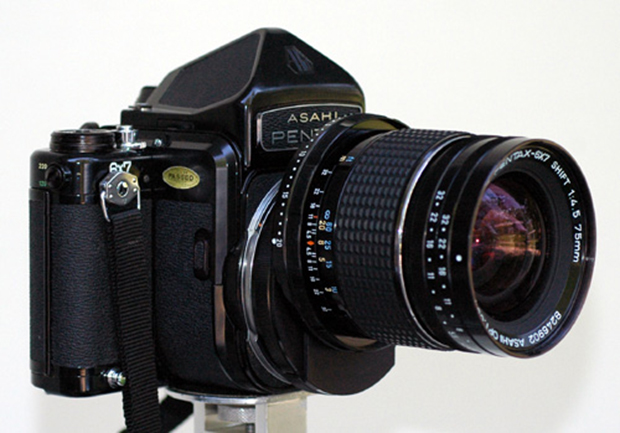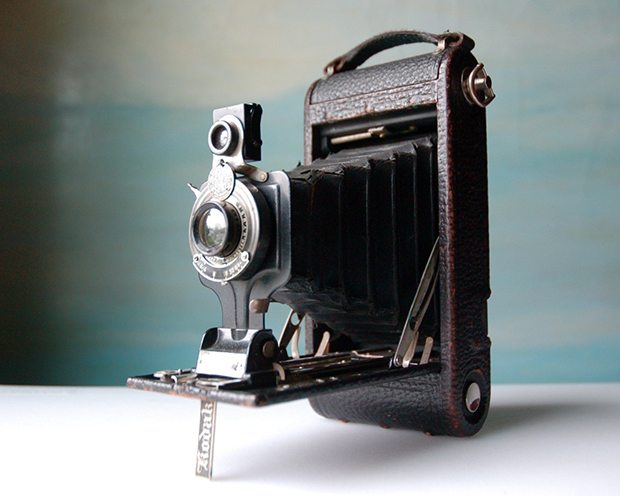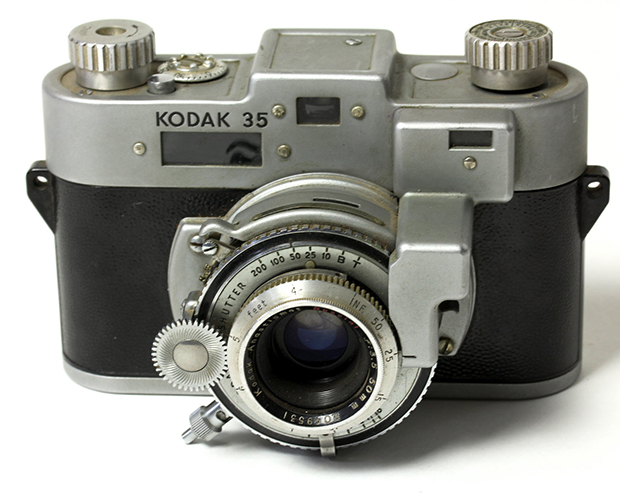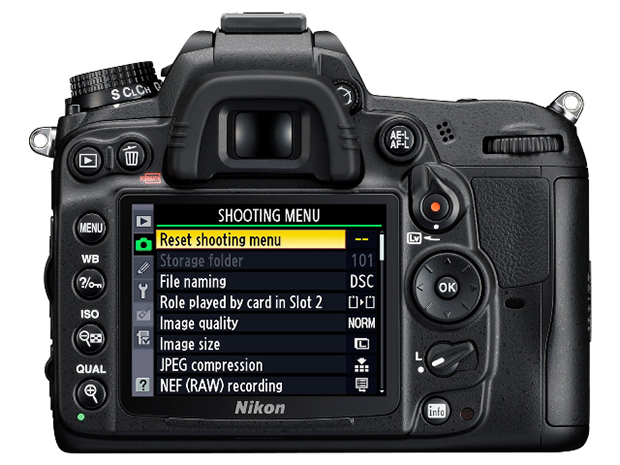Blog
THE HISTORY OF THE PHOTOGEAR – PART 2
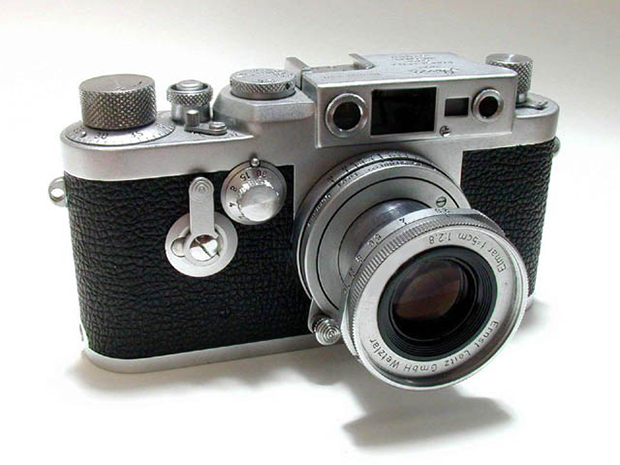
VI. Large format camera or View camera.
This type of camera first was developed in the years of daguerreotype, in 1840 - 1850. Its flexible bellows forms a light-tight seal between two adjustable standards (front standard is a shutter; rear standard is a frame that holds a ground glass), one of which holds a lens; and the other is a photographic film holder. It is interesting that a flexible bellows is an accordion-pleated box. The bellow box encloses the space between the lens and the film; it "helps" the standards to accommodate their movements. It's remarkable that a folding camera is still in use, though with a lot of refinements.
View Camera
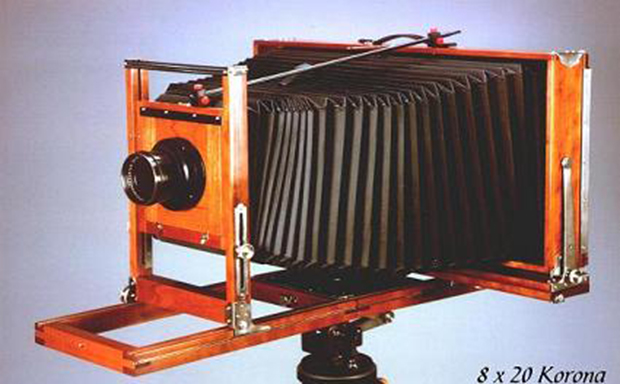
VII. Medium format camera.
In general this term applies to roll film cameras and to digital cameras. These cameras use a wider roll film and record images with 4,5 x 6 cm till 6 x 9 cm size. Medium format film cameras often can be fitted with digital camera backs, which convert them to digital cameras. In the film world, medium format was the most popular format. It was widely used starting from 1890 s through 1950 s.
Medium Format Camera
VIII. Folding camera.
The name of this camera says for itself. This is a sort of camera that can be folded for compactness. Sometimes the objective can be attached to a pantograph-like mechanism, in which the lid usually is a component. Thus when the camera is unfolded, the objective extends to give correct focus. The camera has a cloth or leather bellows that safely keeps the light out. The main advantage of the folding camera is, no doubt, its excellent folding format.
Folding Camera
IX. Rangefinder camera.
A rangefinder camera is fitted with a range-finding focusing mechanism. This focusing mechanism allows the photographer to measure a subject distance and take photographs that are in sharp focus.
Rangefinder Camera
X. Modern digital camera.
One of the main advantages of digital cameras is that you may take as many pictures as you want or require. Possibility of recording images on an electronic image sensor, allows to review just taken images and retake any position you didn't take in a right way. These cameras have metal or plastic cases with a innovatively developed, high-tech "brain" inside, though very unprotected outside. Such photo gears are highly sensitive and specific. Digital cameras are incorporated into many devices ranging from PDAs (Personal Digital Assistant) and mobile phones to even vehicles. The only disadvantage of digital cameras is - their expensiveness.
Modern Digital Camera
Photography continues moving forward into a new era of digital images. And we all will witness it with pleasure, memories and some very fashionable accessories!
Sincerely yours,
POMPIDOO Team
Show all posts
